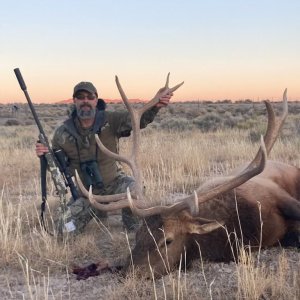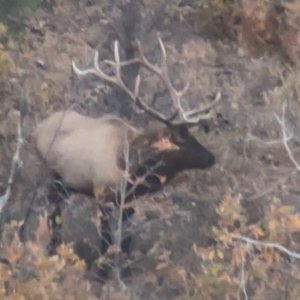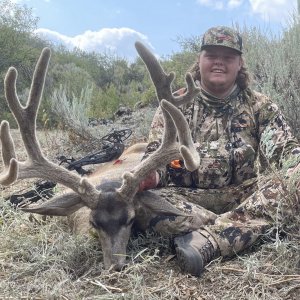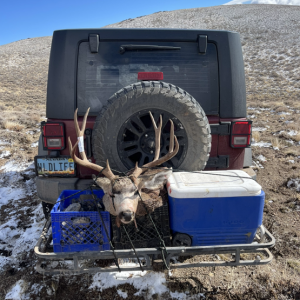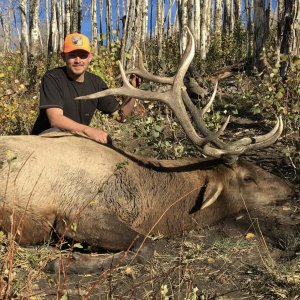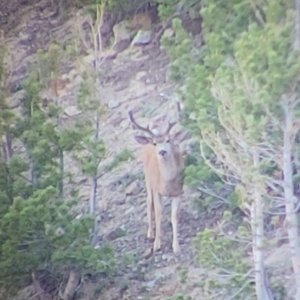TipMOver
Active Member
- Messages
- 453
LAST EDITED ON Jul-13-06 AT 03:56PM (MST)[p]I'm getting ready to dive into the DSLR game after using my S2IS and other point and shoots over the years. This is going to be my "do everything" camera. Wildlife shots, scenics and whatever else.
I have been looking at the new Digital Rebel XT (aka EOS-350D). It has recieved good reviews from what I have read. Should I be looking at anything else?
Should I buy the kit that comes with a Canon 18-55 mm lens for everyday use, or just buy the body and buy a different lense for everyday use.
Where should I start for a tele lense for wildlife shot? Is a Canon
EF 28-135 mm f/3.5-5.6 IS USM Standard Zoom Lens a good choice? I'm not sure how these lenses translate into actual zoom power, but I sure would like a bit more than my 10x or 12x on point n' shoots.
Thanks in advance!
Dave
I have been looking at the new Digital Rebel XT (aka EOS-350D). It has recieved good reviews from what I have read. Should I be looking at anything else?
Should I buy the kit that comes with a Canon 18-55 mm lens for everyday use, or just buy the body and buy a different lense for everyday use.
Where should I start for a tele lense for wildlife shot? Is a Canon
EF 28-135 mm f/3.5-5.6 IS USM Standard Zoom Lens a good choice? I'm not sure how these lenses translate into actual zoom power, but I sure would like a bit more than my 10x or 12x on point n' shoots.
Thanks in advance!
Dave

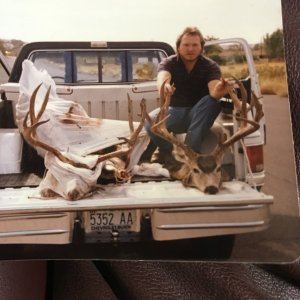
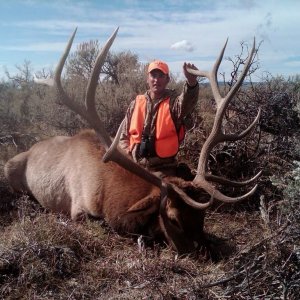
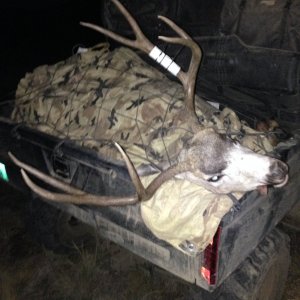
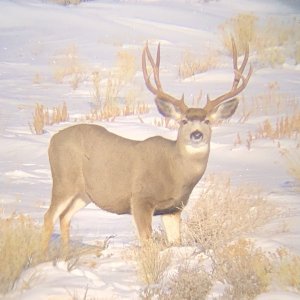
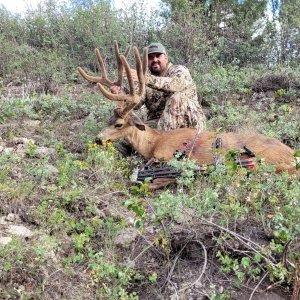
![firstbuck[1].jpg](/xf/data/xfmg/thumbnail/41/41654-7d068624b5e4d727596936558895ae57.jpg?1703961404)
